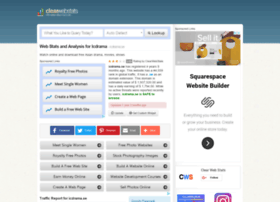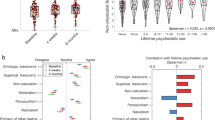There is a huge amount of site usability advice coming from various sources. Many recommendations sound logical and convincing, but even they need real data and reports confirming theoretical conclusions.
This article describes several conclusions in the field of usability, made on the basis of research, such as tracking the user’s gaze, and analytical reviews. Some tips may come as a surprise, which can completely change the look at the site design process. With ClearWebStats the process becomes easier than ever now.
Forget the three-click rule.
The idea that a user will be upset if he has to click more than three times to find the right content on your site has been in the air for many years. In 2001, a recognized authority on web design wrote that the three-click rule could help you create a website with an intuitive, logical, and structural hierarchy.
Sounds reasonable: Of course, the user will be very upset if he has to spend a lot of time clicking on the links to find the necessary information. But why set a limit of three clicks? Is there any information that the user suddenly refuses what he was looking for if he has to click more than three times?
In fact, the user does not refuse the result just because some magic number of clicks has been achieved. The number of clicks is not related to user satisfaction.

The results of a study conducted by the professionals and published on the User Interface Engineering website show that the user’s desire to abandon the results does not increase with the increase in the number of clicks. Hardly anyone will give up the result after three clicks, says expert. The figure below shows the dependence of failures and successful completion of the task on the number of clicks. The user can refuse to achieve the desired result in the second click, and can patiently scroll through 25 pages.
The dependence of the number of failures on the number of clicks
You need to focus not on achieving some magic number of clicks, but on facilitating the use of the resource. If you make a user-friendly interface that will be easy and pleasant to use, but in which you will need 15 clicks to achieve a certain goal that is, 5 times more than the three-click rule do not allow an arbitrarily certain limit to stop you.
Use an F-shape for content placement.
Pioneer in the field of usability, conducted a study of the movement of the user when reading web pages with more than 250 people. The results showed that participants scan the page with an F-shaped look.
A similar study was conducted by marketing firms and Did-it with the participation of the research firm Eye tools. Similar results were obtained when assessing the movement of a glance on a page with Google search results from 50 participants. The resulting look concentration figure was called the Google Golden Triangle because attention was concentrated in the upper left corner. The results of the study corresponded to the F-shaped pattern that Nielsen obtained during independent experiments.




